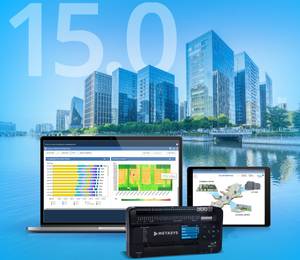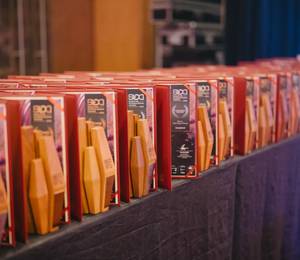Singapore – Sustainability is no longer a tick-box or checklist exercise. It is a critical investment area where organisations can realise genuine returns and opportunities for competitive advantage.
80 percent of energy use over a building’s lifecycle is from the building’s operation. This indicates a major opportunity for Facility Managers and Integrated Facility Management Service Providers to contribute to a sustainable future by improving the operation of assets in the built environment.
However, in order to make the right decisions access to accurate and reliable data is critical. After all, organisations can’t track trends, changes, or improvements to their operations and initiatives if they don’t have access to the right data.
The time is right to embrace smart, sustainable buildings, new service delivery models and transformational technologies such as IoT and integrated workplace management systems (IWMS) to generate, collect, and manage data.
In this report, Frost & Sullivan outlines 8 transformational technologies and trends leading the way to green buildings and more sustainable facility management.
It also provides insight into how an IWMS can help organisations address their sustainability challenges around the convergence of:
- Corporate social responsibility (CSR)
- Regulatory compliance, Environmental, Social, and Corporate Governance (ESG)
- Customer and staff expectations
- Risk Management
- Business Objectives
- Cost Reduction
Download Frost & Sullivan report:












